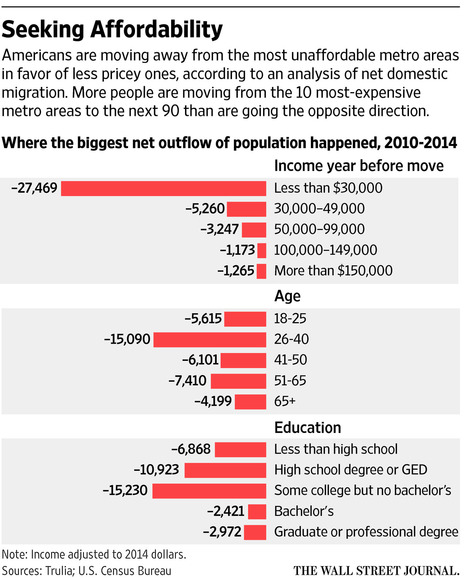(p. A13) Most federal infrastructure spending is done by sending funds to state and local governments. For highway programs, the ratio is usually 80% federal, 20% state and local. But that means every local district has an incentive to press the federal authorities to fund projects with poor national returns. We all remember Alaska’s infamous “bridge to nowhere.”
In other words, if a local government is putting up only 20% of the funds, it needs the benefits to its own citizens to be only 21% of the total national cost. Yet every state and every locality has potential infrastructure needs that it would like the rest of the country to pay for. That leads to the misallocation of federal funds and infrastructure projects that benefit the few at the cost of the many.
. . .
Japan tried infrastructure-heavy serial fiscal stimuli for decades and is trying again under Prime Minister Shinzo Abe. Yes, Japan now has many new bridges, roads and paved drainage ditches, but the spending has done little to improve Japan’s meager growth rate.
For the full story, see:
MICHAEL J. BOSKIN. “All Aboard the Infrastructure Boondoggle; Whoever wins on Nov. 8, a flood of public-works money is coming. Cost-benefit tests are crucial.” The Wall Street Journal (Tues., Nov. 1, 2016): A13.
(Note: ellipsis added.)
(Note: the online version of the article has the date Oct. 31, 2016.)

